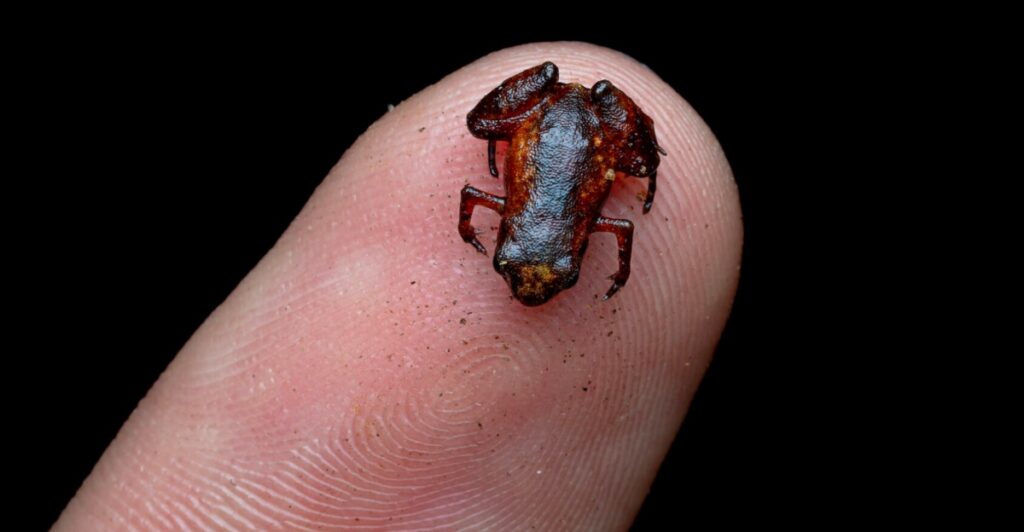
In October 2024, researchers uncovered one of the smallest vertebrates on Earth: a frog no larger than a pencil eraser. Named Brachycephalus dacnis, this tiny amphibian measures just 6.95 millimeters (0.27 inches) in length. Discovered in the Atlantic Forest of southeastern Brazil, the frog challenges the understanding of how small vertebrates can evolve while maintaining functionality. Despite its diminutive size, B. dacnis is anything but fragile; it’s a marvel of nature, with its tiny body retaining all essential structures intact.
How Small Can Nature Go?
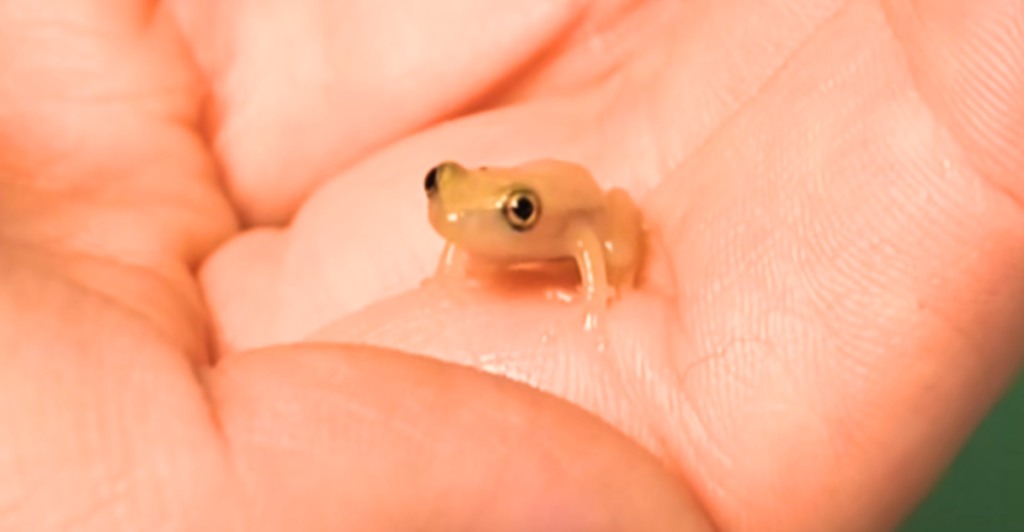
The discovery of B. dacnis raises fascinating questions about the lower size limits in vertebrate biology. Vertebrates, creatures with backbones, are complex organisms that require critical systems, such as a skeleton, muscles, and sensory organs, to survive. As vertebrates shrink, the ability to retain these systems without compromise becomes increasingly challenging. Prior to this discovery, the smallest known frog struggled with balance and coordination due to inner ear adaptations. Yet B. dacnis defies these issues, functioning with remarkable proficiency despite its tiny size.
A Record-Breaking Amphibian
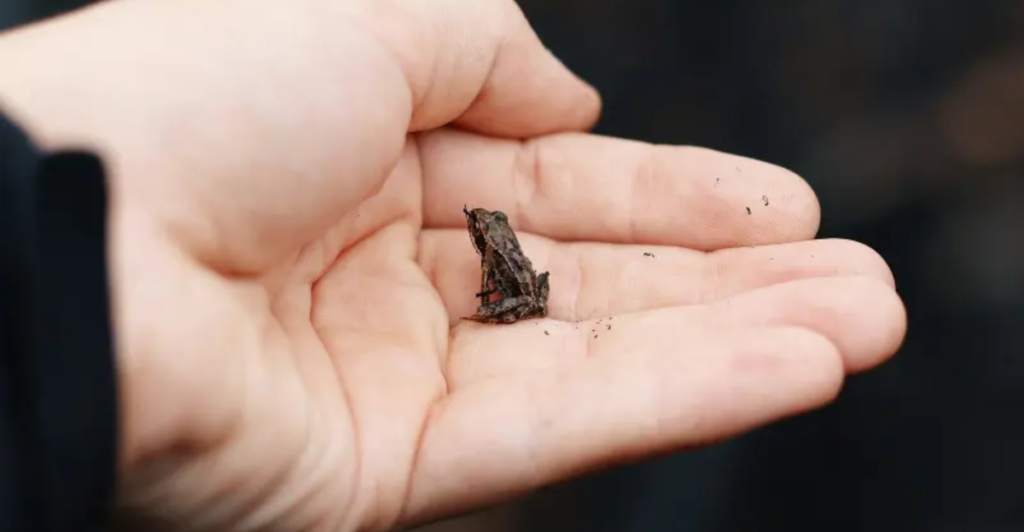
While B. dacnis is not the smallest frog ever discovered, it comes incredibly close, trailing by just 0.5 millimeters (0.02 inches). Its counterpart, found earlier in 2024, held the size record but struggled with balance and movement. The resilience of B. dacnis makes it unique. Its ability to jump, hear, and survive shows nature’s extraordinary adaptability. The discovery secures its place as one of the smallest, and most fascinating, vertebrates ever documented, a testament to the hidden wonders of the Atlantic Forest.
The Atlantic Forest
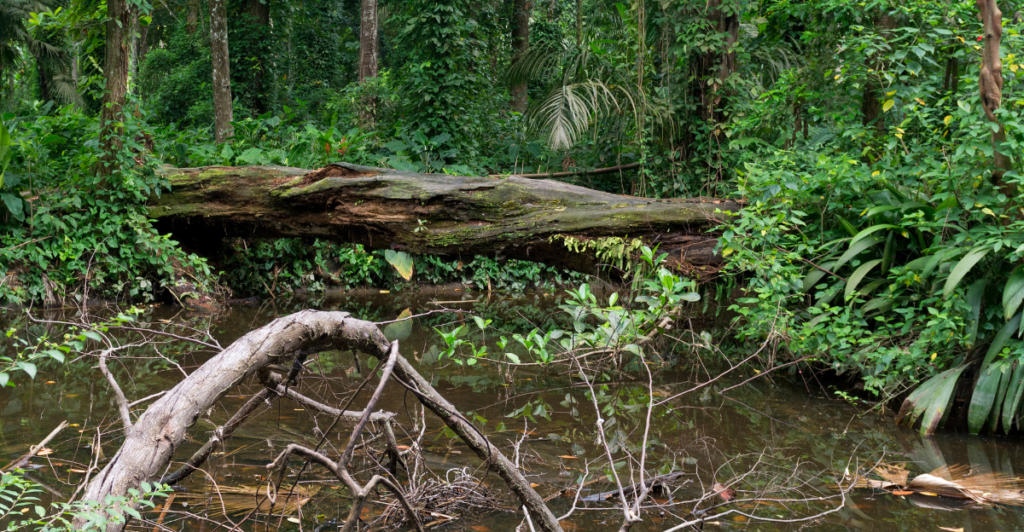
The Atlantic Forest of southeastern Brazil, where B. dacnis was discovered, is a treasure trove of biodiversity. Despite being overshadowed by the Amazon, this forest is home to some of the rarest species on Earth, many of which are still undiscovered. Covering major cities like São Paulo and Rio de Janeiro, the forest once stretched across vast regions of Brazil. Today, only 13% of its original area remains, yet it continues to produce discoveries like B. dacnis, proving its status as a biodiversity hotspot.
A Jumping Feat of 32 Times Its Size
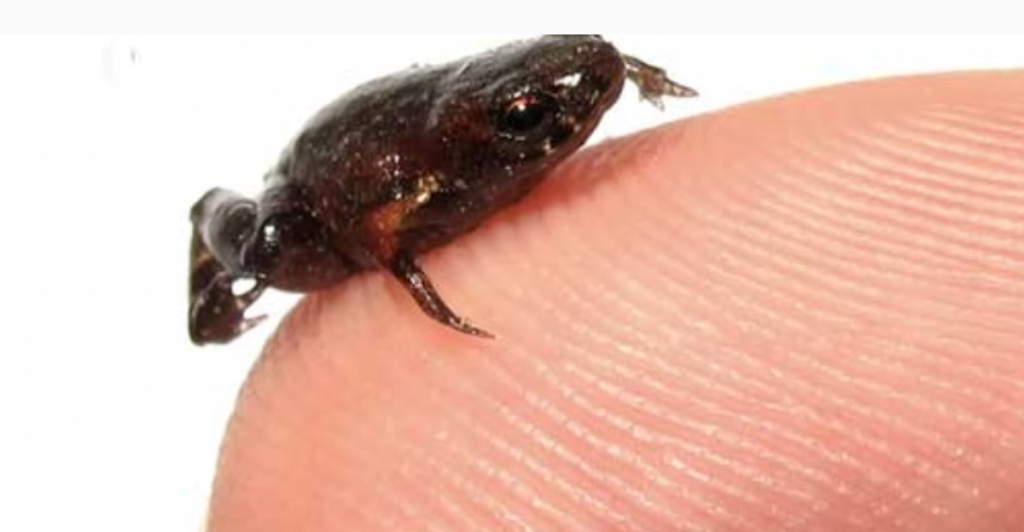
What B. dacnis lacks in size, it makes up for in athleticism. This tiny frog can leap 32 times its body length with precision and grace. Unlike its clumsy relatives in the Brachycephalus genus, B. dacnis retained its vestibular system, which governs balance and movement. This allows it to execute jumps that appear almost supernaturally efficient for such a small creature. Its evolutionary advantage highlights a critical difference: while its relatives compromised structure for size, B. dacnis achieved both.
Survival in Miniature
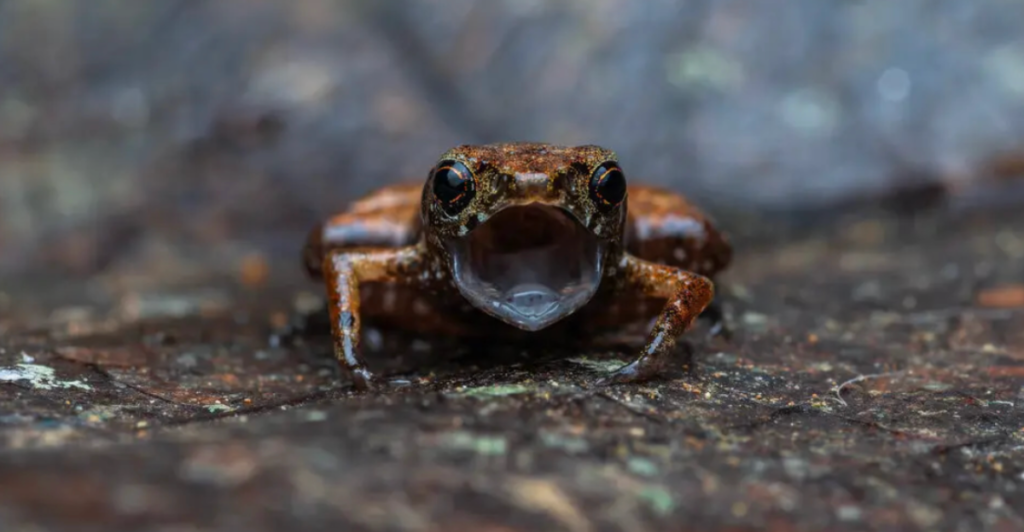
Nature often favors larger animals for survival, as size can deter predators. Yet B. dacnis thrives at the opposite extreme. Its miniature stature allows it to blend seamlessly into the forest floor, hiding among leaves and detritus. The speckled brown and white pattern of its skin further camouflages it, making it virtually invisible to predators. This ability to “lay low” ensures its safety and helps it avoid the harsh conditions of the ever-changing environment, including the rising threat of climate change.
The Inner Ear Advantage
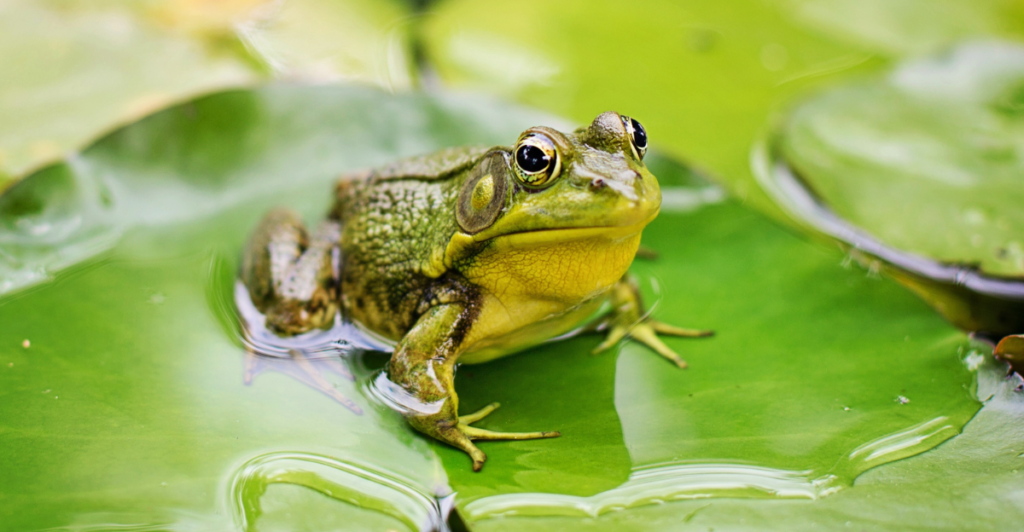
One of the greatest challenges for small vertebrates is maintaining functional organs. Frogs in the Brachycephalus genus often suffer from compromised vestibular systems, leading to awkward jumps and tumbles. B. dacnis, however, avoided this evolutionary pitfall. Its inner ear structure remains intact, allowing it to balance, hear, and jump with exceptional precision. This retention of key features makes B. dacnis an outlier in its genus, a tiny amphibian that defies the typical trade-offs of extreme miniaturization.
Why Discoveries Like This Matter
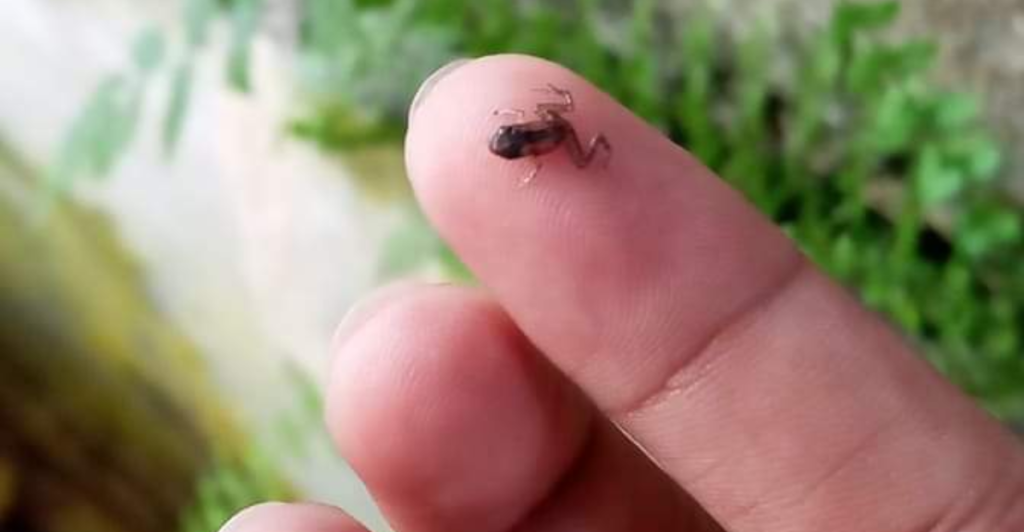
Every new species discovery, like B. dacnis, underscores the importance of preserving ecosystems. The Atlantic Forest is vanishing, yet it continues to reveal extraordinary creatures that we never knew existed. What might already be lost due to industrialization? The discovery of such a uniquely adapted vertebrate shows how much remains unknown in biodiversity-rich regions. Each species plays a role in the ecosystem, and losing them, especially without understanding their significance, weakens the delicate balance of life on Earth.
Biodiversity Hotspot Under Threat
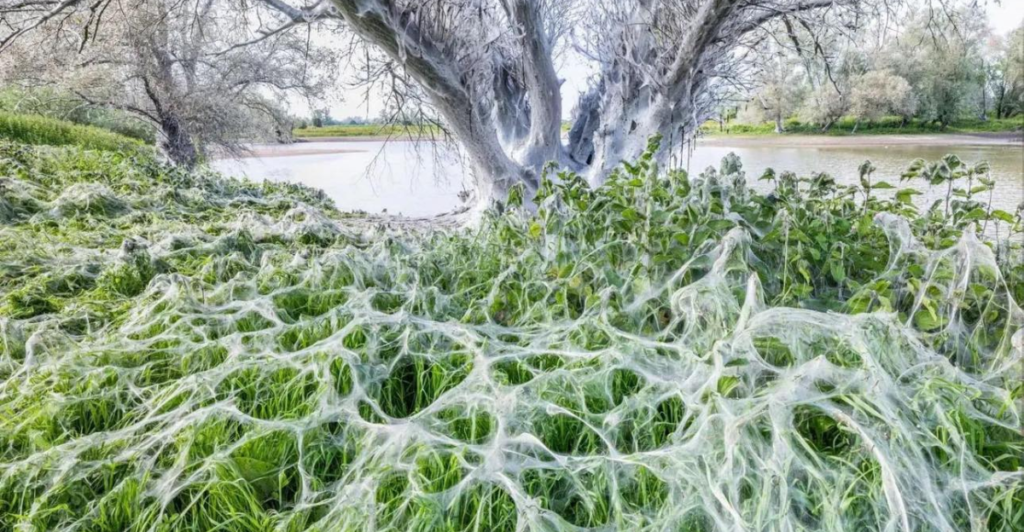
Brazil is the global epicenter for amphibian diversity, with most species found in the Atlantic Forest. Unfortunately, nearly 41% of amphibians worldwide face extinction, a number that continues to climb due to habitat destruction, climate change, and pollution. The Atlantic Forest itself is a microcosm of this crisis: what remains is fragmented and vulnerable. Discoveries like B. dacnis serve as both a warning and a call to action, urging humanity to protect these remaining fragments before they vanish forever.
A Call for Conservation
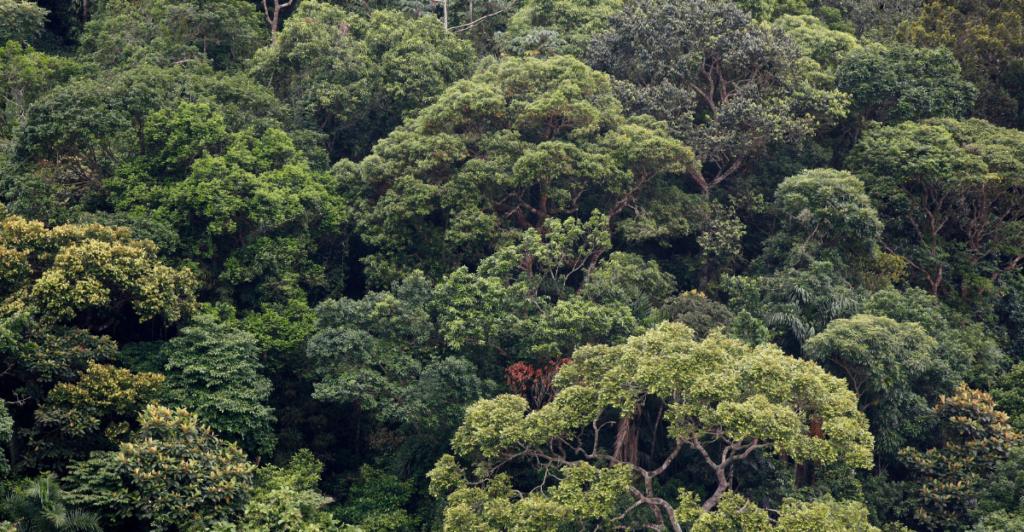
The survival of B. dacnis hinges on the preservation of the Atlantic Forest. As industrialization, urbanization, and deforestation continue, species like this tiny frog face unprecedented threats. Yet its discovery highlights a sliver of hope: there is still time to act. Conservation initiatives are critical to safeguarding the remaining 13% of this precious ecosystem. By protecting the forest, we protect species like B. dacnis, and perhaps others yet to be discovered, while preserving one of Earth’s most extraordinary habitats.
The Power of Adaptation
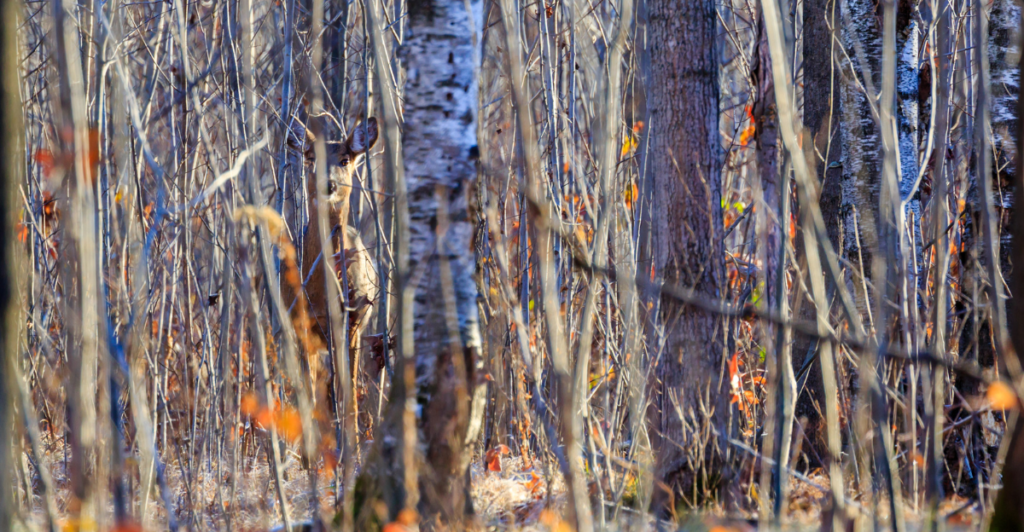
The adaptability of B. dacnis reflects nature’s resilience. By thriving at an almost microscopic size, it demonstrates how evolution can craft solutions to extreme challenges. Its survival strategy, camouflage, balance, and miniature size, shows how even the smallest creatures can find niches in their environment. Such adaptability provides scientists with critical insights into evolutionary biology and underscores the importance of studying even the most overlooked members of the animal kingdom.
Tiny Frogs, Big Lessons
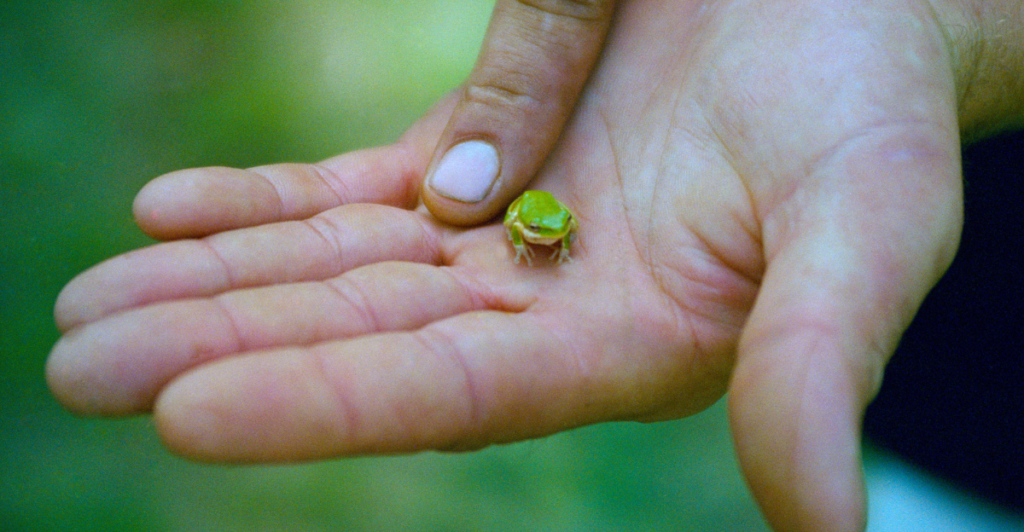
The discovery of B. dacnis is not just about breaking records. It’s about challenging our understanding of biology. How do vertebrates shrink without compromising essential systems? What does this tell us about life’s limits? These questions have broader implications, inspiring further research into evolutionary adaptation, physiology, and biodiversity. By studying tiny frogs like B. dacnis, scientists can unravel the mysteries of nature, gaining valuable knowledge that applies to broader ecosystems and life forms.
What Lies Ahead for B. dacnis?
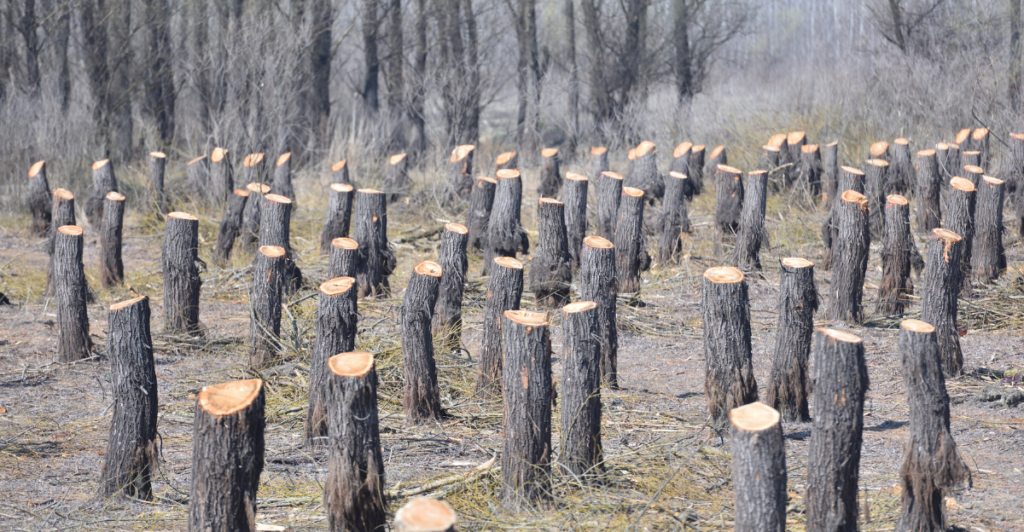
The future of B. dacnis depends on our willingness to act. As deforestation and climate change escalate, species like this tiny frog face increasingly uncertain fates. However, its discovery serves as a beacon of possibility: if such creatures can survive against the odds, perhaps we can ensure their protection. By preserving habitats like the Atlantic Forest, we not only save frogs like B. dacnis but also safeguard the broader ecosystems they call home. The choice is ours, and the time is now.
References:
One of the tiniest frogs ever is discovered in Brazil, defying size limits
Newly discovered ‘flea toad’ is the world’s second smallest vertebrate
The Brazilian flea toad may be the world’s smallest vertebrate
See the world’s tiniest frogs – and why being so small is so hard
Stay connected with us for more stories like this! Follow us to get the latest updates or hit the Follow button at the top of this article, and let us know what you think by leaving your feedback below. We’d love to hear from you!







